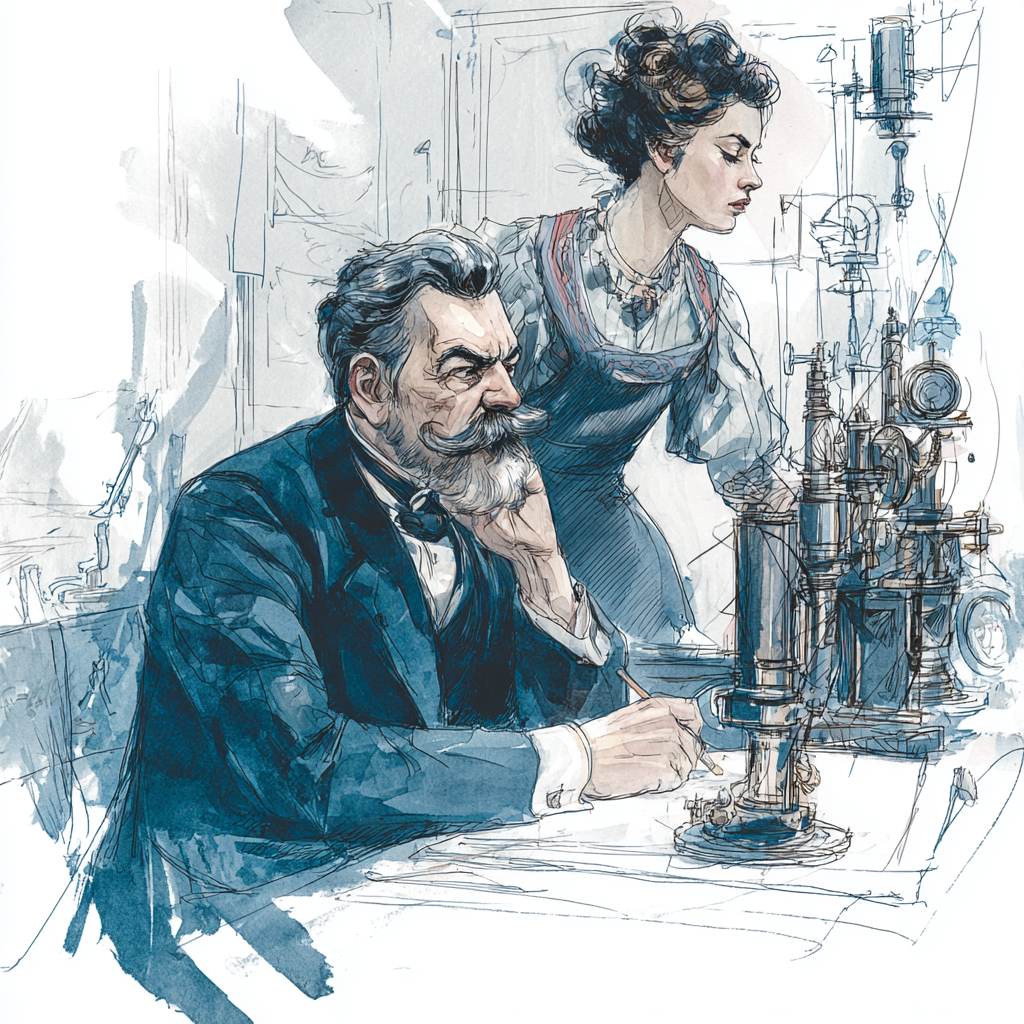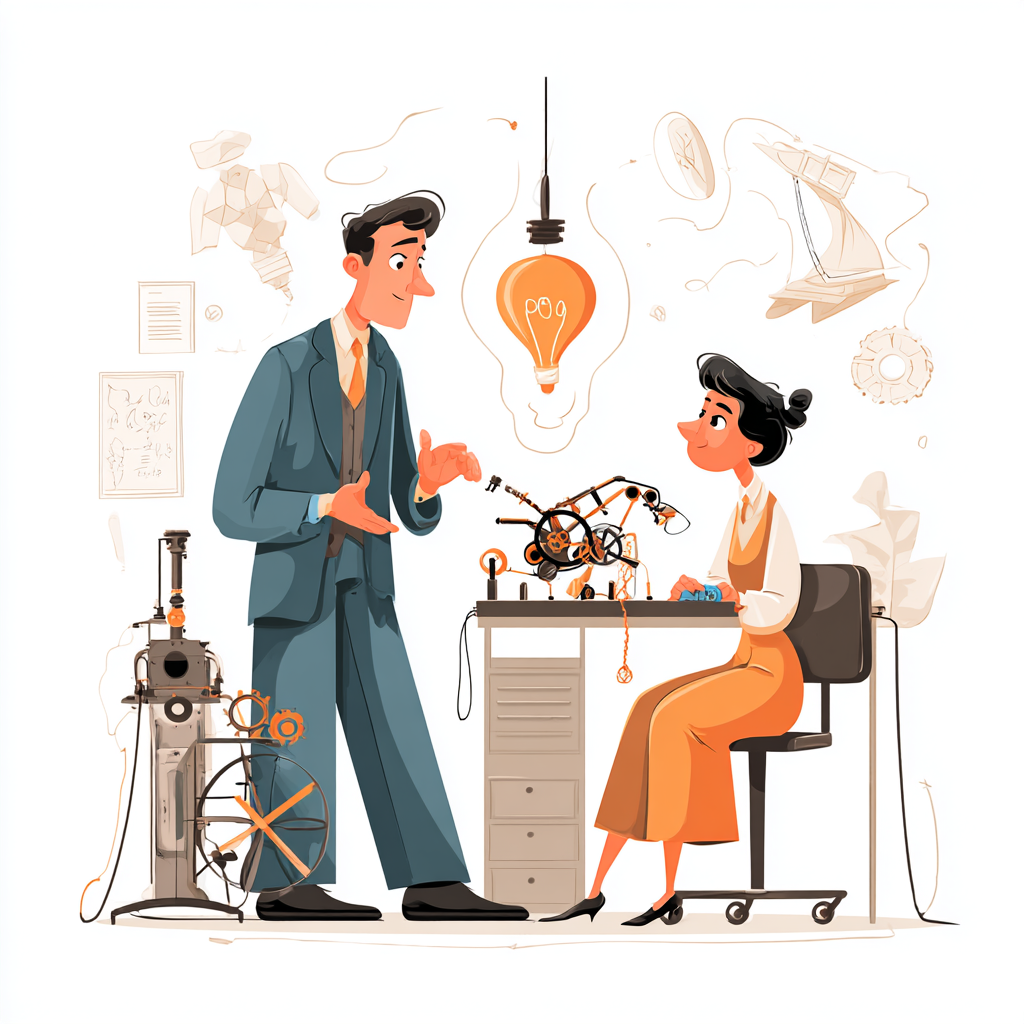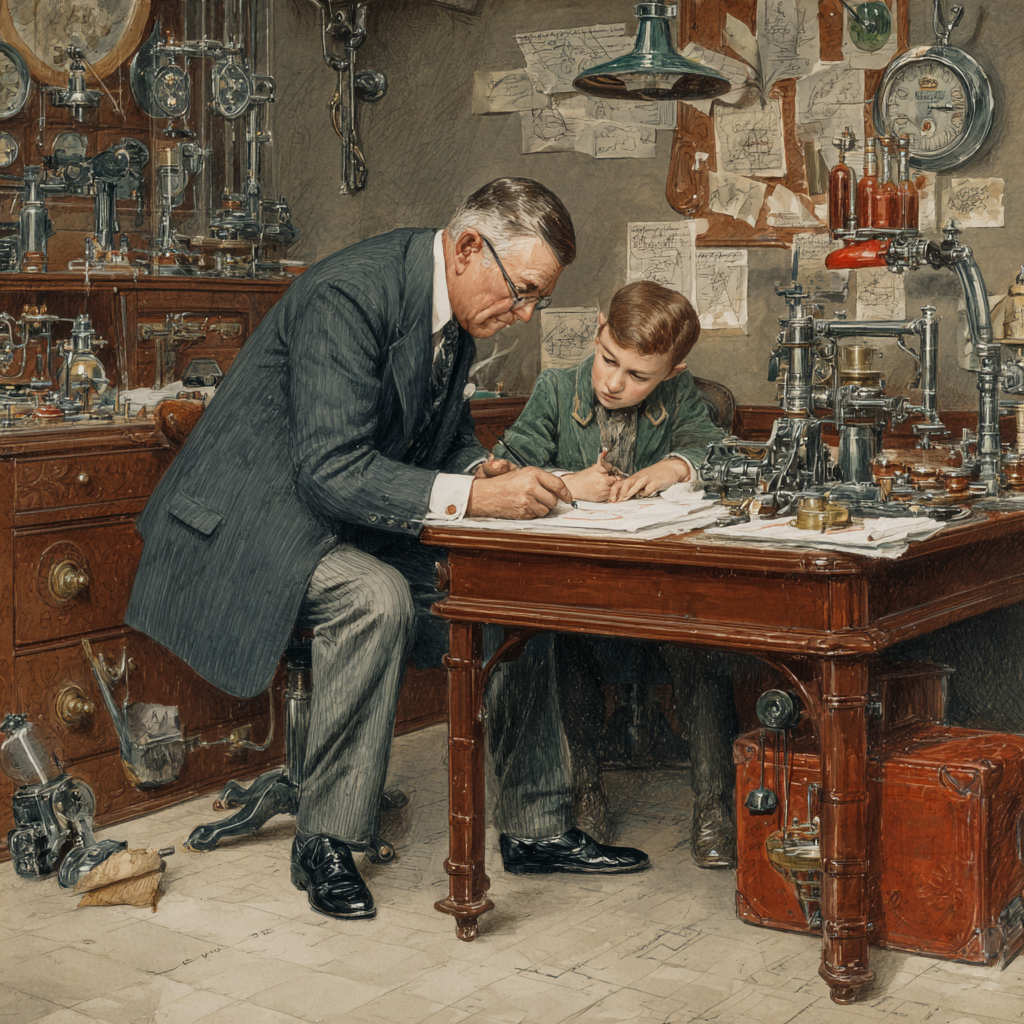How to Patent Your Invention: A Beginner’s Guide to Intellectual Property

By a Registered U.S. Patent Agent
As a patent agent who has worked with everyone from solo inventors to corporate R&D teams, I often get asked the same question: "How do I patent my invention?" It’s a great question—because navigating the world of patents can feel like learning a new language. The good news? You don’t need a law degree to understand the basics. You just need a clear path and the right strategy.
This guide will walk you through the different types of patents (especially utility and design), how provisional filings work, and the timeline for securing patent protection. Whether you’re tinkering in a garage or developing new tech for a startup, this is your blueprint to protecting your ideas.
Step 1: Understand What a Patent Is—and What It Isn't
A patent is a legal right granted by the government that allows you to exclude others from making, using, selling, or importing your invention for a limited time—usually 20 years from the filing date (for utility patents).
It’s not a license to use your invention—it’s a defensive shield, not a sword. In other words, having a patent doesn’t mean you’re immune from infringing someone else’s. It simply means others can’t copy yours without consequences.

Step 2: Determine If Your Idea Is Patentable
Before you file anything, make sure your invention meets the three core criteria:
- Novelty – It must be new. No one else can have disclosed it in a patent, article, or YouTube video before your filing date.
- Non-obviousness – Your invention can’t be an obvious tweak to something that already exists, at least in the eyes of someone skilled in the art.
- Utility – It must be useful. This is usually easy to prove unless your invention defies physical laws (like a perpetual motion machine).
A prior art search (which I highly recommend you or your patent agent perform) will reveal whether similar ideas have already been filed or disclosed.
Step 3: Know Your Patent Options – Utility vs. Design
There are two main types of patents relevant to inventors:
1. Utility Patents
These are the most common. They protect how an invention works or how it’s used. Think software, machines, processes, compositions of matter, or improvements to existing inventions.
Examples:
- A new type of engine (mechanical device)
- A pharmaceutical compound (chemical composition)
- A software algorithm (in some cases, if tied to specific hardware use)
Duration: 20 years from the non-provisional filing date.
2. Design Patents
These protect the ornamental design or appearance of an item—not its function.
Examples:
- The unique shape of a perfume bottle
- The look of a smartphone interface (think icons and layouts)
Duration: 15 years from issuance (as of U.S. rules post-2015).
Important: You can file for both a utility and design patent if your invention has both functional and aesthetic innovation.

Step 4: Consider a Provisional Patent Application
If your invention is still evolving or you’re preparing for a product launch or pitch, a provisional patent application can be a smart move.
What is it?
A provisional is an informal filing with the USPTO that reserves your priority date for up to 12 months. It’s not examined or published, but it allows you to claim “Patent Pending” and gives you time to finalize a full (non-provisional) application.
Pros:
- Lower filing fees (typically under $300)
- No formal claims or oath required
- Quick and strategic protection while developing or marketing
Cons:
- It expires after 12 months unless you convert or file a full non-provisional application
- Poorly written provisionals often fail to support later claims, so it’s best not to rush one without guidance
If you’re seeking funding, pitching to potential licensees, or want to lock in a date quickly, this is usually the first filing I recommend.
Step 5: Prepare and File a Non-Provisional Patent Application
This is the formal application that will be examined by a USPTO patent examiner. It must include:
- Title & Abstract
- Background of the Invention
- Summary
- Detailed Description
- Drawings (if necessary)
- Claims – the legal definition of your invention (arguably the most important part)
- Oath/Declaration
- Filing Fee
Writing a strong set of claims is the most technical and high-stakes part. This is where a patent agent or patent attorney adds the most value. A poorly drafted claim can leave your idea wide open to design-arounds or invalidation.
Step 6: Understand the Patent Timeline
Here’s a simplified view of how long the patent process takes in the U.S.:
| Stage | Estimated Timeline |
|---|---|
| Provisional Filing | Day 1 (if used) |
| Non-Provisional Filing | Within 12 months (if following a provisional) |
| USPTO Examination Begins | 12–24 months after filing |
| First Office Action Issued | ~16–30 months |
| Response to Office Action | 3–6 months (per cycle) |
| Final Decision or Allowance | 2–4 years total |
If you need faster action, you can request Track One expedited examination (at additional cost), which often results in a decision within 12 months.

Step 7: Respond to Office Actions (This is Normal!)
Don’t panic if the USPTO initially rejects your application—this is common. Most utility applications receive one or more Office Actions, where the examiner may:
- Reject some or all claims as unpatentable
- Cite prior art you didn’t find
- Raise clarity or format issues
You (or your patent agent) can respond with arguments, claim amendments, or legal support. Many patents are granted after one or two rounds of this back-and-forth.
Step 8: Maintain Your Patent
Once granted, utility patents require maintenance fees at 3.5, 7.5, and 11.5 years to stay in force. Design patents do not have maintenance fees.
Also, if you want international protection, remember: a U.S. patent only protects your rights in the United States. You’ll need to file in other countries—typically through the PCT (Patent Cooperation Treaty) process within 12 months of your first filing.
Bonus: Avoid These Common Beginner Mistakes
Here are a few missteps I see often:
- Disclosing the invention too early (public use, sales, or publishing before filing can bar your patent in many countries)
- Relying solely on a provisional with vague or weak disclosure
- Skipping the prior art search—only to find out someone else beat you to it
- Thinking a patent = business success (it’s a tool, not a business model)
Final Thoughts from a Patent Agent
Patents aren’t just for big corporations. They’re for anyone who wants to protect an idea, create leverage, or build long-term value. I’ve seen solo inventors turn napkin sketches into licensed products with six-figure royalties—and I’ve also seen great ideas lost to public domain because protection came too late.
If you’re serious about your invention, protect it early and do it right. Talk to a registered patent agent or attorney who can help you tailor the best strategy for your budget, timeline, and goals.
The first step? Start documenting your idea in detail. Sketch it, describe it, think through how it works—and keep everything dated. That’s the foundation of every great patent.
Now go build something the world’s never seen.
Need help filing your first patent? I’m a registered U.S. Patent Agent and I’ve helped dozens of inventors navigate their first filing. Reach out anytime—you never know how far your idea might go.